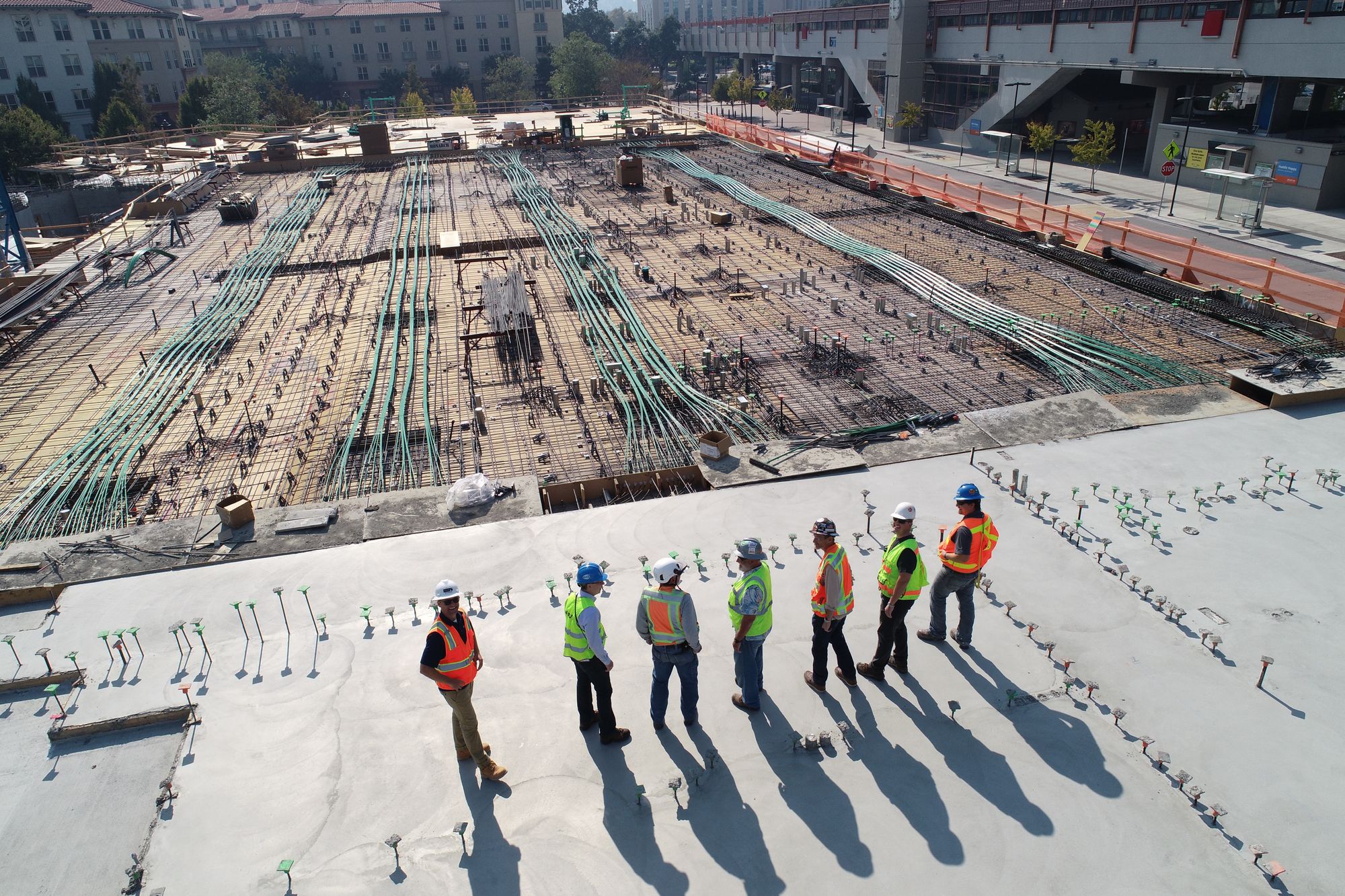What is an Opportunistic Investment Strategy?
Property investments in the opportunistic space involve significant development or redevelopment. It comes with high risk but also offers high returns.

Property investment in the opportunistic space offers investors the highest returns but at the expense of the highest risks. Investment in this space typically involves developing a plot of land, redeveloping an existing property or carrying out extensive renovations to an existing underperforming property to reposition it as a more premium asset. In the last example, the underperforming properties typically have a low occupancy rate and may even be vacant when acquired by the investor, with complex business plans to maximise the returns for the property through refurbishment or/and more effective property management. Therefore, the opportunistic investment strategy is the riskiest strategy, compared to the core, core plus and value-add strategies.
Since opportunistic properties have little to no cash flow at the beginning of the investment, the investor has to rely on large loans and employ significant leverage, with higher interest rates and more restrictive covenants on the loans. However, opportunistic real estate investment offers investors the highest potential for gains as value is added to the real estate through property development and land improvements.
Examples of opportunistic investment strategies
Properties that employ an opportunistic investment strategy typically fall within one of the following three categories:
1. Redevelopment
In a real estate redevelopment project, an investor acquires an existing building to be repurposed through adaptive reuse or urban infill. With adaptive reuse, an existing building is adapted for a purpose that it was not originally designed for.
For example, a warehouse may be converted into an office space, with some redevelopment of the interior to make it better suited for its new purpose, without the need to construct a new building entirely. With urban infill, the vacant land area within a built-up environment is redeveloped.
2. Ground-up development
With a ground-up development, the investor acquires vacant land and constructs a new building. These developments may be purpose-built to suit a particular tenant, who has a lease agreement for the property immediately after the development is complete. Alternatively, the developer may build a property, with the notion that demand for the property will spur occupancy of the property.
These ground-up developments provide the investor with more flexibility to design the property, and cater to the needs of the market. However, a ground-up development may take a significant amount of time to complete, with no cash flow being generated during the construction period. Thus, the onus lies on the investor to ensure that he has the necessary capital to see the project through to completion and fulfill debt obligations..
3. Distressed asset
With a distressed asset, the investor acquires the real estate asset at a heavily discounted price. Such properties have low operational cash flow and are underperforming due to different physical or administrative issues. It is up to the investor to identify these issues and implement a plan to resolve them. It is likely to require massive renovation to make the asset more attractive to future tenants or buyers.
The distressed asset may also be struggling with low income and high expenses, which requires significant contract restructuring or negotiation such that its cash flow issues are resolved and debt obligations fulfilled.
Sign Up at RealVantagePros of opportunistic investment strategies

1. Higher returns
Opportunistic properties can typically be acquired at relatively low prices, and refurbished to increase their value. This provides investors with higher returns, provided the cost of refurbishment is kept low. Opportunistic investment properties usually have a target internal rate of return (IRR) of 15% to 25%, higher than the average IRR of core, core plus or value-add properties.
Apart from capital appreciation, opportunistic properties can also generate returns through rental revenue after they have been optimised. This can provide investors with a stable cash flow over the remainder of the investment period.
2. More flexibility over the property’s development
With opportunistic property investments, the investor or developer has more flexibility over the development of the property. Therefore, the investor can plan to develop the property for a specific use, based on the level of demand and the corresponding potential returns for the property type within that particular geography. This allows the investor to apply his expertise and determine which property type has the highest potential returns and develop the project accordingly.
Cons of opportunistic investment strategies
1. Highest risk
Investing in the opportunistic space holds the highest risk, as investors have to deal with construction risk, lease-up risk and cash flow risk.
The construction phase is a large part of opportunistic investing, which entails construction risks that can derail the whole project. Some examples of construction risks are bad weather affecting construction progress, the risk that the builder may go bankrupt as cost of materials rise and the lack of available labour due to a tight labour market.
When this phase is complete, there may be a lease-up risk, where the investor cannot attract enough tenants to achieve an occupancy rate above 90%. In this instance, the property may not be generating sufficient income to meet target returns. And since the project does not generate cash flow till the property is completed and let out, investors must have enough equity to withstand shocks such as construction delays or higher interest rates which increases the interest expense of the project.
2. Highly leveraged
Since opportunistic investment properties require major development or redevelopment, this involves a large input of time and capital. The investor often has to borrow to cover the development and operating costs whilst the property is not generating revenue or is underperforming. As such, there is a financial risk if the property is not able to generate sufficient revenue to cover its debt obligations.
3. Longer investment period
An opportunistic investment property tends to have a longer investment horizon, given the additional time required for the construction or development phase, which may lend added risk to the investment. The development phase may be long depending on the scale of the project and there may be construction delays. Post construction, it may take time for the building to achieve a high level of occupancy. Any changes to market conditions during the construction and leased up period can potentially pose a risk to the investment.
In conclusion
Property investing using the opportunistic real estate investment strategy can be a good investment option for experienced investors who have the resources to acquire and carry out such a large-scale real estate development project. Investors should understand the high risk-return profile of opportunistic investments and determine if this strategy suits their risk appetite, as well as its role in diversifying their real estate investment portfolio.
The opportunistic real estate investment strategy tends to be more suited for investors who have high risk tolerance and who seek longer investment horizons. However, investors who are well-versed in real estate investment, particularly in distressed assets, may find opportunistic real estate investing as an ideal way to optimise their investment returns.
Alternatively, less experienced investors may also invest in opportunistic real estate through real estate investment trusts (REITs) or directly through real estate co-investing platforms.
About RealVantage
RealVantage is a leading real estate co-investment platform, licensed and regulated by the Monetary Authority of Singapore (MAS), that allows our investors to diversify across markets, overseas properties, sectors and investment strategies.
The team at RealVantage are highly qualified professionals who brings about a multi-disciplinary vision and approach in their respective fields towards business development, management, and client satisfaction. The team is led by distinguished Board of Advisors and advisory committee who provide cross-functional and multi-disciplinary expertise to the RealVantage team ranging from real estate, corporate finance, technology, venture capital, and startups growth. The team's philosophy, core values, and technological edge help clients build a diversified and high-performing real estate investment portfolio.
Get in touch with RealVantage today to see how they can help you in your real estate investment journey.
Disclaimer: The information and/or documents contained in this article does not constitute financial advice and is meant for educational purposes. Please consult your financial advisor, accountant, and/or attorney before proceeding with any financial/real estate investments.
